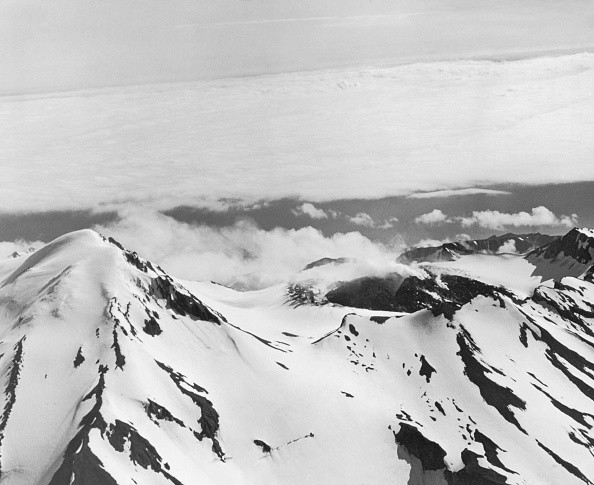Despite the recent focus on Tonga's major volcanic eruption, the USGS continues to monitor volcanoes in the United States.
Presently, four are at an elevated Watch/Orange status because of the activity in all.

Volcanoes Placed at an Elevated Watch/Orange Status
The Great Sitkin volcano, Pavlof, Semisopochnoi, and Kilauea are the four volcanoes exhibiting signs of unrest or activity.
Hawaii's Mauna Loa volcano remains at Yellow/Advisory status, while all other volcanoes monitored by USGS are GREEN or unrated, according to Weather Boy.
In the United States, the USGS monitors 161 potentially active volcanoes, most of which are in Alaska. There are more than 130 volcanoes and volcanic areas in Alaska that have been active within the last 2 million years. AVO also investigates the 50 that have been in operation since the mid-1700s.
In Hawaii, Kilauea, Mauna Loa, and Hualalai are all active volcanoes, but only Kilauea is now erupting; the other three are considered potential dangers.
Only a small percentage of the world's volcanoes may be found in the United States; the USGS estimates that there are approximately 20 active volcanoes at any given moment.
Globally, there are around 1,500 potentially active volcanoes, according to the USGS, of which 500 have erupted in recent history.
Those in Hawaii are under the watchful eye of the Hawaii Volcano Observatory, while those in Alaska are under the watchful eye of the Alaska Volcano Observatory (AVO).
An additional four volcano observatories exist in addition to AVO and HVO: the Northern Mariana Islands Volcano Observatory, the Cascades-Yellowstone Volcano Observatory, and the California-HVO.
These additional USGS volcano observatories are monitoring volcanoes in their particular geographic areas. Other observatories have not reported any unusual activity or signs of more than background noise at this point.
Aviation Codes
An Aviation Code is issued by the US Geological Survey and volcanic observatories in the United States. There is a unique aviation code for each color. A volcano is labeled "unassigned" if there isn't enough data on the ground to establish whether or not it is active.
Yellow indicates that a volcano is showing signs of elevated unrest above the known baseline levels of activity, whereas green indicates typical activity associated with a non-eruptive condition.
When a volcano shows signs of heightened or growing instability, its color changes to orange. At any point, the code becomes red, indicating that an eruption is either about to occur or is already taking place with considerable emissions of volcanic ash into the atmosphere.
Volcanic Activity Alert levels can range from normal to advisory, watch, or warning in nature. If there is insufficient data, it is simply designated as "unassigned," as is the case with aviation codes.
At a regular background level of activity, the volcano is considered normal while it is not erupting. If the volcano displays signs of greater disturbance over the baseline level, an advisory will be issued.
A watch or a warning is issued whenever a volcano exhibits indicators of increased or developing instability.

Active Volcanoes Around the United States
Located in the center Aleutian Islands, Great Sitkin Island is home to the Great Sitkin Volcano, a basaltic andesite volcano that dominates the island's northern half. It's 1,192 kilometers away from Anchorage, around 26 miles east of Adak.
According to the American Volcanological Organization (AVO), the volcano consists of an older dissected volcano and a younger parasitic cone with a 1.8 mile-diameter crater at its peak. Great Sitkin may still be erupting lava, according to the AVO.
In Alaska, the Pavlof Volcano is a stratovolcano located a little over 600 miles southwest of Anchorage. The 4.4-mile-diameter volcano has active vents near the top on the north and east flanks.
The USGS estimates that the volcano has erupted more than 40 times in its recorded history, making it one of the Aleutian Arc's most active. Located on the Pacific Rim of Fire, the Aleutian Arc is a volcanic hotspot.
According to AVO, Pavlof's low-level eruptive activity has continued, and satellite photography has shown elevated levels of activity in the last day.
For more news, updates about volcanoes and similar topics don't forget to follow Nature World News!
© 2025 NatureWorldNews.com All rights reserved. Do not reproduce without permission.





